Tornado Lookouts
Meteorologists use
radar to
forecast where
tornadoes might
form.
But, the radar can't detect actual tornadoes. People are needed to do that.
The National Weather Service can't rely on tornado reports from people off
the street. These people don't have any training so they may not actually
see what they think they see. Instead, the Weather Service offers classes
that anyone can take to become part of SKYWARN, a network of trained
volunteer spotters. Meteorologists can feel confident about the accuracy
of the spotter reports. If a tornado is spotted, they can issue a
tornado warning with a good degree of confidence.
Storm spotters are different that storm
chasers.
Spotters work
in organized networks to observe and confirm severe weather events for
the NWS and for local emergency managers. They also only operate in a
limited area, usually their county.
You might also be interested in:

How did life evolve on Earth? The answer to this question can help us understand our past and prepare for our future. Although evolution provides credible and reliable answers, polls show that many people turn away from science, seeking other explanations with which they are more comfortable.
...more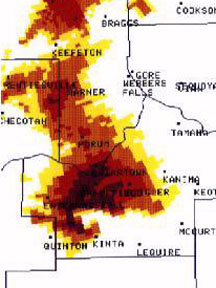
It's hard to forecast tornadoes. They don't last very long and are also very complicated. Scientists don't really know how they form, but they do where they tend to form. Using what they know about the
...more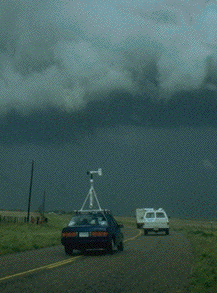
Storm chasers are different than storm spotters. Chasers travel around Tornado Alley looking for severe storms and tornadoes. This area in the Great Plains is the best for chasing because of the frequency
...more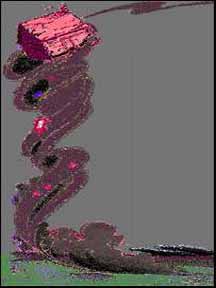
Tornadoes are very dangerous so it's important to know when they may form so you can take shelter. Forecastors at the National Weather Service are always looking for possible storms. Even though nobody
...more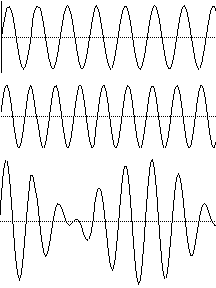
Sound travels in waves. You hear sound because waves hit your ear. Sound waves are similar to ocean waves. They both have a certain frequency. The frequency is measured in hertz, which is one cycle per
...more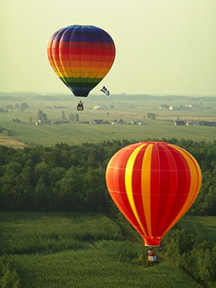
A tornado is the most intense force in nature. That doesn't mean it's the most powerful. In fact, a thunderstorm can be 40,000 times more powerful than a tornado. Then why aren't thunderstorms as dangerous
...more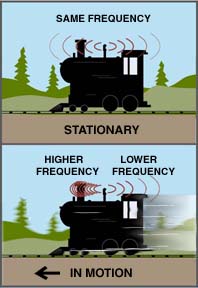
The Doppler effect was named after Christian Doppler, who first came up with the idea in 1842. He learned that sound waves would have a higher frequency if the source was moving toward the observer and
...more
Has someone ever told you to open your windows during a tornado? Or has someone ever told you that you don't have to worry about tornadoes because the place where you live is protected? These are two of
...more











